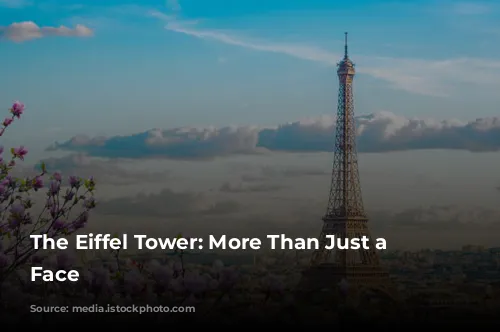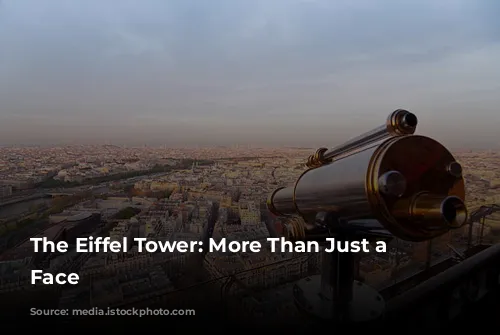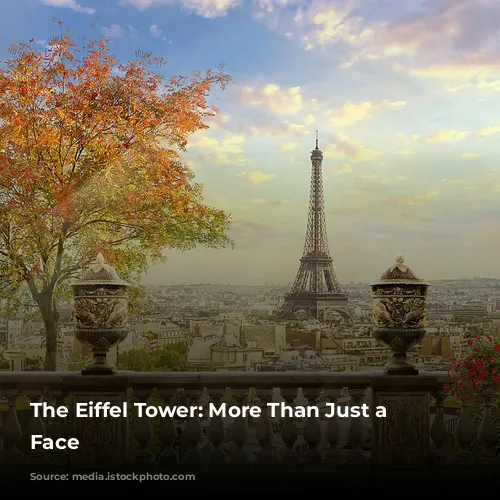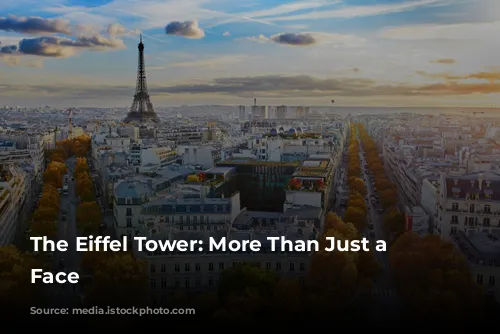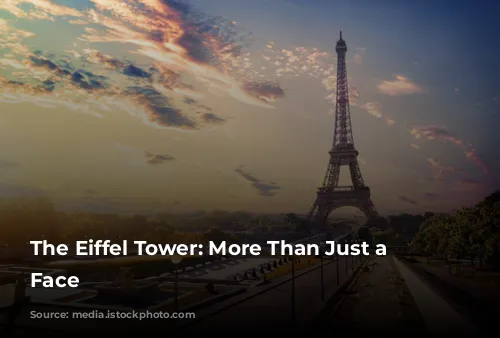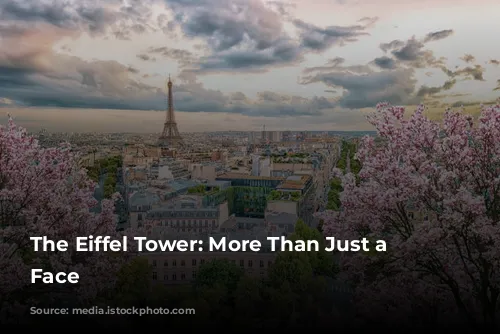The Eiffel Tower, a symbol of Paris and France, is a world-renowned landmark that embodies the spirit of romance and ingenuity. More than just a beautiful structure, it holds a rich history and fascinating secrets.
This article will unveil some lesser-known facts about this iconic tower, showcasing its captivating past and enduring legacy.
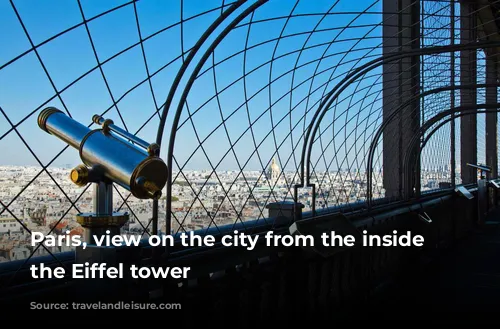
A Controversial Masterpiece
The Eiffel Tower was conceived as the centerpiece of the 1889 World’s Fair to celebrate the centennial of the French Revolution and showcase France’s industrial prowess. It was a marvel of engineering, completed in a remarkable two years, two months, and five days. A whopping 7,300 tons of iron and 2.5 million rivets were used to construct the tower, which stood triumphantly over the Champs de Mars, drawing over two million visitors during the fair.
However, its design wasn’t universally admired. A group of prominent artists, including Guy de Maupassant, Alexandre Dumas, and others, published a scathing letter in the newspaper Le Temps before its completion, denouncing it as a “gigantic black factory chimney” that would “humiliate” Paris’s architectural heritage. Their protests, however, proved futile, as the Eiffel Tower defied its critics and became a global icon.
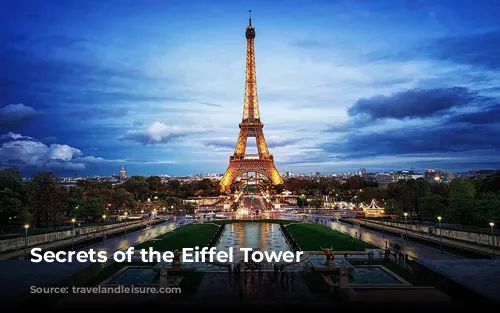
Beyond the Iron Lady
Despite its popularity, the Eiffel Tower still holds several surprising secrets.
Gustave Eiffel, the tower’s namesake, reserved the top level for himself, where he entertained renowned guests like Thomas Edison in a private apartment. This space has since been transformed into a recreation of Eiffel’s office and is open to the public.
Interestingly, it was Maurice Koechlin and Emile Nouguier, two engineers working for Eiffel’s company, who designed the structure. They commissioned Stephen Sauvestre, a French architect, to soften its harsh, utilitarian design, ultimately winning a competition against over 100 other projects to be the main attraction of the 1889 World’s Fair.

A Tower with a Twist
The Eiffel Tower wasn’t meant to be a permanent fixture. Initially intended to be demolished after 20 years, Eiffel cleverly incorporated a radio antenna and wireless telegraph transmitter into its design. This proved pivotal in securing its future. In 1910, after demonstrating radio’s potential to the government, Eiffel was granted a 70-year lease extension. By 1980, the tower had become an inseparable part of Paris’s identity, leaving no room for demolition.
However, the Eiffel Tower faced another threat during World War II. As the Nazis were losing control of occupied Paris, Adolf Hitler ordered his generals to destroy the city, with plans to blow up the Eiffel Tower. Thankfully, Allied troops intervened just in time, saving it from destruction. While the tower sustained some damage from subsequent air raids, it ultimately survived the war intact.
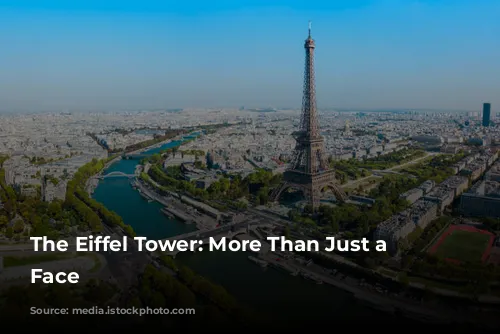
A Multifaceted Marvel
The Eiffel Tower has served various purposes throughout its existence. It has housed several businesses, including the French newspaper Le Figaro and a post office. On the first floor, there was even a radio station and a wooden theater designed by Sauvestre.
Eiffel, a passionate scientist, established a meteorology lab on the tower’s third floor. He conducted studies in physics and aerodynamics, even constructing a wind tunnel at the base of the tower. The lab also served as a research space for other scientists.
The Eiffel Tower is not only beautiful but also incredibly resilient. Its massive iron structure is wind-resistant, although it does sway during storms. The sun’s heat causes the iron to expand, making the tower grow a few centimeters in the summer months. It also leans slightly away from the sun as one side heats up faster than the others.
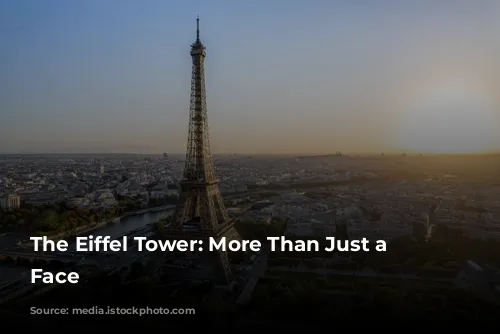
Eiffel’s Legacy
Beyond its famous namesake, the Eiffel Tower has been a testament to French innovation and engineering excellence. Its impact extends beyond its impressive physical presence, serving as a powerful symbol of Paris’s enduring spirit and the enduring legacy of Gustave Eiffel.
This article has explored just a few of the hidden gems about this iconic landmark. From its contentious beginnings to its continued evolution, the Eiffel Tower stands as a testament to ingenuity, perseverance, and the enduring allure of the City of Lights.
